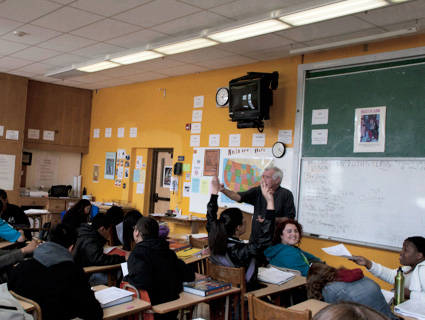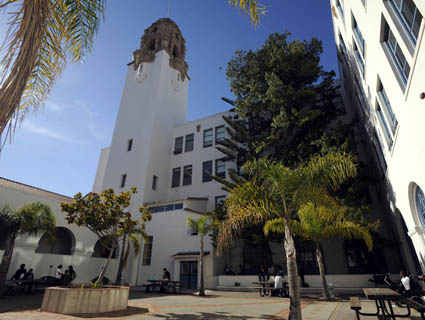Do schools consider all students equally capable of succeeding, or only those from wealthy neighborhoods? That is the big question the hardworking folks at ProPublica attemp to answer in their newly published report, “The Opportunty Gap.” Many studies have shown that high school students who take honors and advanced placement classes have a greater chance of attending and doing well in college. ProPublica’s reporters took tons of dense government data on student enrollment across the country in higher-level classes, like AP math and physics, and turned it into an interactive database for the rest of us.
Is it helpful? I think so, for two reasons. First, as Time education columnist and EduWonk blogger Andy Rotherham told me recently, “It’s a lot easier to find information about buying a car or a washing machine than it is choosing a school.” No Child Left Behind requires schools to provide “accountability report cards,” and in California, these reports, like this one on Mission High school (PDF), usually contain much of the information in the ProPublica database. But if parents, students, teachers and reporters like me want to compare different bits of data, like percentage of experienced teachers, for similar schools in their state or the district, the process either kills a lot of trees or time. Unfortunately, ProPublica’s database will be out of date in the next school year (unless they’ll update it each year, the methodology section doesn’t say), at least for folks picking schools.
But hopefully it will have a longer life span among education policymakers and journalists. When education wonks and reporters judge the quality of public education, test scores carry the most weight in the national debate. ProPublica’s database gives weight to other crucial indicators. For example, its report found that Florida leads the nation in the percentage of high-school students enrolled in high-level classes, and it has made greater strides in closing the achievement gap than many other states. At the same time, Florida’s test scores are below national average. So, this data definitely provides some important texture that test scores miss.
Those are my quick reactions. I’d love to hear from parents, students, and teachers if you think this database and analysis are helpful.











